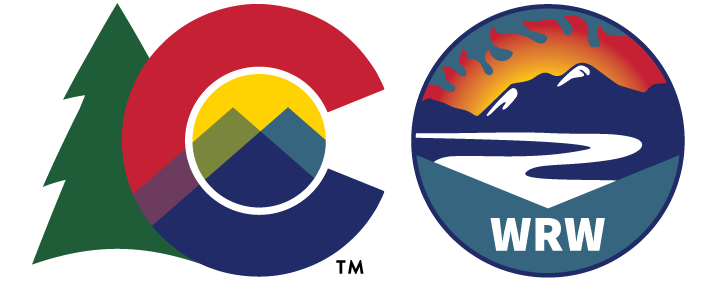
HAZARD:
Water Quality
-
Post-fire increases in runoff can also amplify a watershed’s ability to erode and transport soil and rocks from hillslopes and water channels, which causes erosion rates to increase. Sediment itself can be considered a pollutant if concentrations exceed background levels.
Firefighting retardants and foams have been shown to introduce water contaminants into surface and subsurface water supplies as well (ammonium sulfates and PFAS).
Wildfires in urban and suburban areas pose different challenges than ones that occur in less densely developed areas because of the higher presence of synthetic materials that are found in homes, garages, and sheds. Once exposed by a wildfire, these materials become pollutants when they are carried into streams and reservoirs by rain, snowmelt, and wind.
-
Higher suspended sediment loads along with ash and debris can change the odor, color, and taste of drinking water. Increased turbidity of water from sediment in a stream can alter water temperature and the amount of light available to aquatic plants for photosynthesis. More sediment can also pose problems for water infrastructure if it is deposited in a reservoir (reservoir sedimentation) or clogs diversion or stream crossing infrastructure. Nutrients, heavy metals (especially mercury), organics, or pathogens can also be delivered in post-fire runoff.
Many of the materials found in residential and commercial buildings and infrastructure can generate or leave behind substances known to be harmful to human health and the environment when exposed to extreme heat. These pollutants all have the potential to degrade water resources when they are transported in runoff from burn sites into the receiving waterways or leach directly into groundwater.
-
To mitigate sediment from wildland fires many of the same mitigation measures that are used to prepare for hillslope erosion or flooding can be applied. Communities should consider upstream river corridors that could be candidates for the restoration of beaver habitat, re-introducing wood back into stream corridors, and reconnecting degraded floodplains, which can serve to attenuate flood flows upstream of a community.
In burned urban or suburban areas, When time or resources are limited, efforts should focus on implementing stabilization to minimize the release of pollutants from within the burn perimeter until debris removal and reconstruction are complete.




